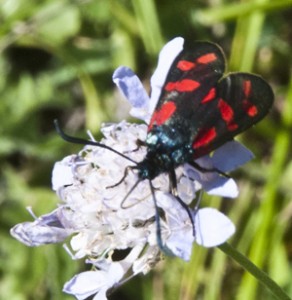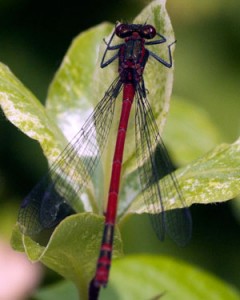UK wildlife, gaining ground but losing numbers ?

Nearly every report that one comes across says that many plant and animal species are under threat. The causes are many but may be broadly summarised as
- Fragmentation, loss or destruction of natural habitats (as a result of intensive and extending agriculture, roadways, railways etc)
- Pesticides and pollution (e.g. neonicotinoids, eutrophication as a result of fertiliser use)
- Impacts of climate change
Some of the changes are more obvious in every day terms than others, for example, the drop in insect numbers is revealed by the car windscreen ‘test’ : the splatometer. A survey of insects hitting car windscreens in rural parts of Denmark [using data collected between 1997 to 2017] found a decline of some 80%. There was a similar decline in the number of swallows and martins, (they depend on insects for their food).
However, some recent work by Dr. C. Outhwaite at University College, London indicates that whilst the news in general is not good, there may be the occasional ray of hope. She and co-workers have interrogated the Jasmin Portal that holds data sets on some 5000 species over many years, dating back in some cases to the 1970’s †.
 There is some evidence that certain species / groups of animals have been able to extend their range in recent years. For example, three thousand insect species were analysed and there was an increase in their geographical range since 1970; though there is no information about their numbers over this period. Indeed, it could be that the numbers are falling due to the pressures mentioned above, and the animals are moving into new territories to find food / breeding sites etc.
There is some evidence that certain species / groups of animals have been able to extend their range in recent years. For example, three thousand insect species were analysed and there was an increase in their geographical range since 1970; though there is no information about their numbers over this period. Indeed, it could be that the numbers are falling due to the pressures mentioned above, and the animals are moving into new territories to find food / breeding sites etc.
The distribution of freshwater insects such as caddis flies, mayflies and dragonflies fell between the 1970’s and the early 90’s but has expanded again in more recent times. This may reflect the better disposal of urban waste water and the ‘cleaning up’ of rivers. Sadly, the downward trend in bees and other pollinators is similar to that reported by G Powney et al in 2019. The analysis also revealed loss of range for spiders, fresh water snails and mussels. The change in the molluscs may be due in part to invasive species.
The range of various mosses and lichens has expanded since the 1970’s, which is probably associated with the Clean Air acts and other environmental initiatives that have lead to the decline in sulfur dioxide levels. Lichens are generally very sensitive to levels of sulfur dioxide / acid rain, though in recent years the levels of sulfur dioxide have declined sharply (as indicated here); but there is now concern about the levels of nitrogen oxides in the atmosphere.
Dr. Outhwaite’s work owes much to the observations of many volunteer recorders. There are many recording schemes in operation across the U.K now and if you feel that you would like to help - visit The National Biodiversity Network (NBN) here.
† Even by 1970, much of our wildlife had been lost (so it is a low baseline from which to start).
Comments are closed for this post.
